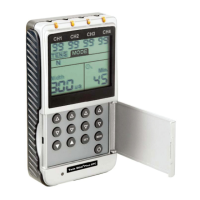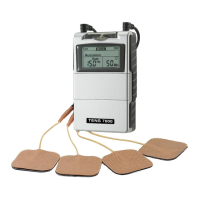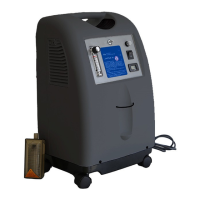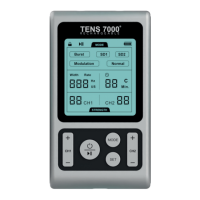How to fix COMPASS HEALTH TWIN STIM PLUS OTC that cannot power on?
- HHayley HartmanAug 4, 2025
If your COMPASS HEALTH Medical Equipment won't power on, the batteries may be depleted, so replace them. Also, check if the batteries are installed correctly, ensuring you observe the correct polarity when inserting them.




